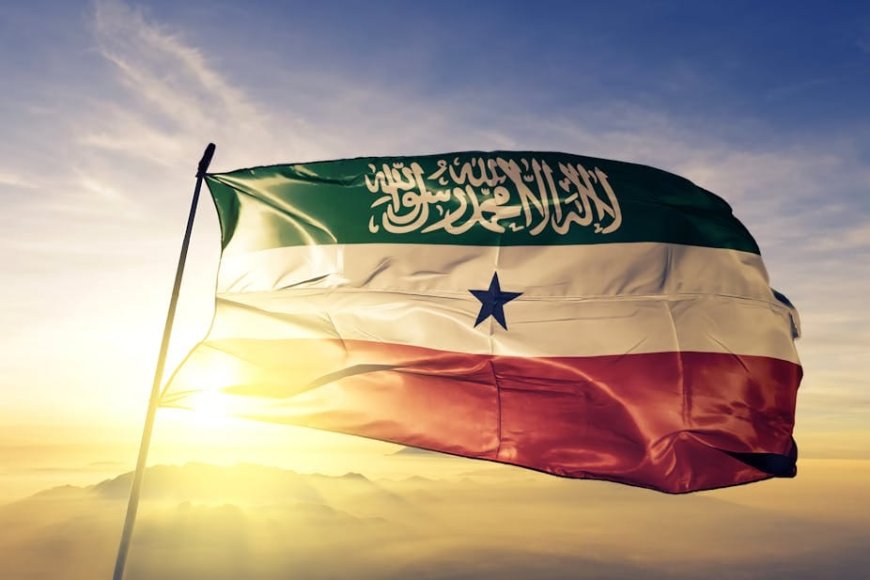Historical Analysis: Somaliland's Resilient Journey from Independence Struggles to a Thriving Nation, Balancing Achievements and Ongoing Challenges

By Ilhan M Ismail
Nothing comes easy for a nation, and for Somaliland, the journey has been particularly unique.
According to historical records, after successfully resisting colonial forces, Somaliland gained independence on June 26, 1960.
Subsequently, a delegation from Somalia approached with hopes of uniting the Somali community, but due to unmet treaty conditions, Somaliland withdrew from the agreement.
In 1960, British Somaliland gained independence from Britain and merged with Italian Somaliland, forming the country of Somalia. However, internal challenges arose, with General Siad Barre seizing power in a bloodless coup in 1969, aligning Somalia with the Soviet Union.
In 1977, tensions escalated when General Siad Barre invaded the Somali-majority Ogaden region in Ethiopia, leading to strained relations with the Soviets, who supported Ethiopia. This conflict marked a turning point as Ethiopia, backed by Soviet and Cuban forces, repelled the Somali army in 1978.
The forgotten Genocide
The forgotten genocide unfolded as Barre targeted and discriminated against the Isaaq tribe. In 1981, Isaaq dissidents formed the Somali National Movement (SNM) to resist Barre's rule. The regime responded with a brutal military campaign, leading to widespread atrocities, arbitrary arrests, and the destruction of Hargeisa in 1988, earning it the grim moniker 'the Dresden of Africa,' a reference to the devastating bombing of Dresden during World War II. Over 40,000 people perished in the onslaught

The Mass grave termed as “The Valley of Death” where the Isaaq clan were massacred.
Despite notable achievements, it's crucial to acknowledge ongoing challenges. While Somaliland thrives in East Africa, surpassing many African nations in governance, with its own passport, military, flourishing tourism, agriculture, and a robust education system, the issue of international recognition persists, with Somalia maintaining a claim over its sovereignty

Tourists at the Laas geel cave in Somaliland
On January 1, 2024, President Muse Bixi Abdi signed a Memorandum of Understanding with Ethiopia's President Abiy Ahmed, granting Ethiopia access to the strategic Berbera port. In return, Ethiopia recognized Somaliland and allowed Somaliland airlines, recognized as the best in Africa, access, fostering mutual cooperation.
Somaliland boasts archaeological sites, rock art dating back 5000 years, and recently discovered pyramids in Hargeisa. Despite these achievements, Somaliland faces challenges in gaining international recognition, with Somalia maintaining a claim over its sovereignty. The resilient people of Somaliland continue to shape their unwritten future, determined to overcome these obstacles.







